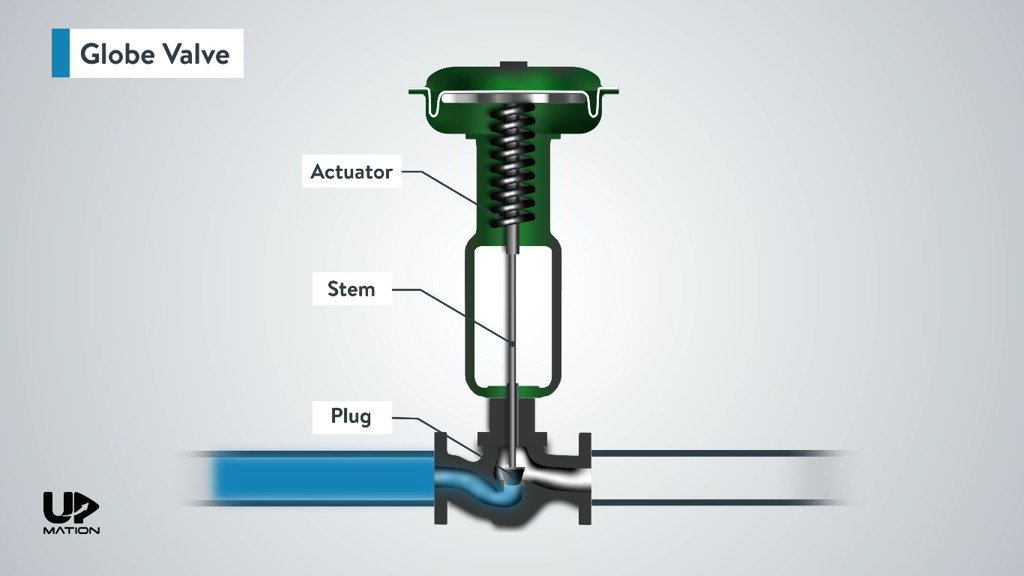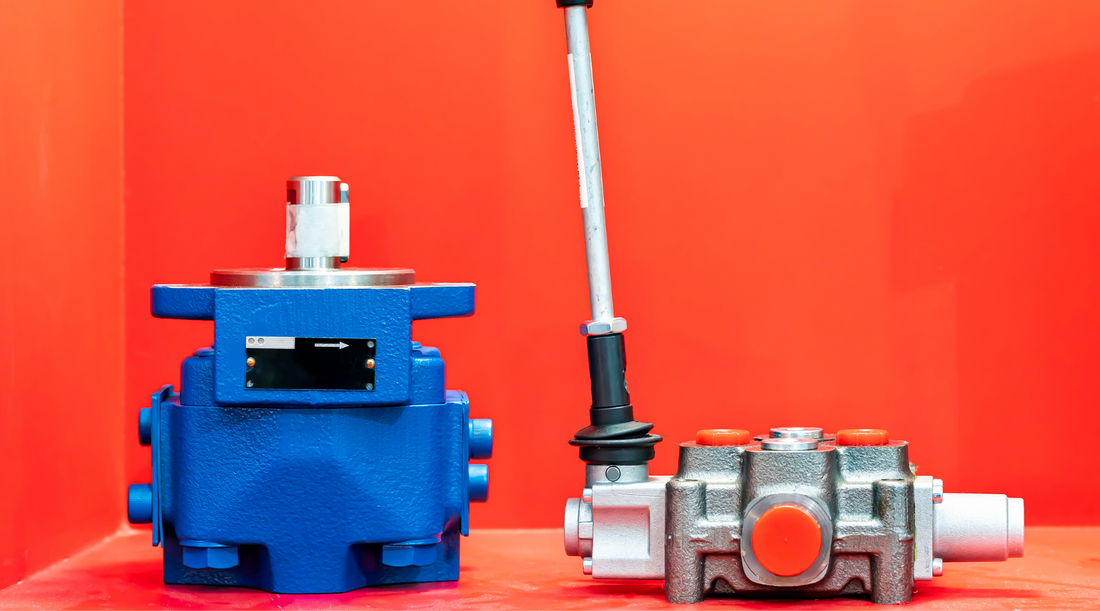Reliable Control Valves: Key Parts for Effective System Monitoring
Wiki Article

Maximize Energy Financial Savings and Convenience With Advanced Structure Automation Controls
In the world of modern style and center management, the integration of advanced structure automation controls stands as a critical innovation. By taking advantage of the power of automation, buildings can adapt, react, and evolve in methods that were as soon as unbelievable.Power Efficiency Advantages
Power efficiency advantages can dramatically minimize power consumption and operational prices in buildings. Energy-efficient systems, such as innovative building automation controls, can maximize the use of resources like home heating, illumination, and cooling, leading to lower power costs over time.Moreover, enhanced power efficiency can lengthen the lifespan of structure tools and systems. By running much more successfully, cooling and heating systems, lighting components, and other building parts experience less damage, leading to decreased upkeep and substitute prices. Additionally, energy-efficient structures usually command higher home values and rental prices, providing long-term financial benefits to owners.
Furthermore, power effectiveness can boost owner comfort and productivity. Appropriately regulated interior atmospheres with ideal lighting and thermal problems create an even more conducive and enjoyable office, causing improved worker satisfaction and efficiency. On the whole, the energy efficiency benefits connected with advanced structure automation controls are diverse, encompassing price financial savings, ecological stewardship, and occupant health.
Enhanced Comfort Control
Enhancing convenience control in structure settings calls for a sophisticated integration of innovative automation systems for ideal occupant well-being. By making use of innovative structure automation controls, centers can customize the interior setting to fulfill the details needs and preferences of owners. These systems enable accurate policy of ventilation, lights, and temperature level, producing a comfy and effective environment. Owner complete satisfaction and efficiency are closely linked to thermal convenience, making it important to have systems in position that can adapt to altering problems in real-time.Enhanced convenience control goes past standard temperature level modifications. It includes functions such as individualized settings, occupancy sensors, and all-natural light use to produce a receptive and dynamic environment. By incorporating these advanced controls, structures can not just improve comfort however also boost energy efficiency by maximizing system operations based on real occupancy and usage patterns. Eventually, prioritizing occupant comfort through sophisticated automation systems brings about a much more satisfying and much healthier indoor setting.
Functional Performance Improvements

Moreover, the execution of real-time monitoring and analytics tools enables building operators to determine power ineffectiveness and operational anomalies quickly. By continually keeping track of power usage patterns and system performance metrics, adjustments can be made in real-time to optimize power consumption and ensure peak functional effectiveness. control valves. Furthermore, integrating demand response approaches into building automation controls can even more enhance operational efficiency by dynamically readjusting power use based on grid problems and pricing signals
Indoor Environment Optimization
Efficient indoor climate optimization is a fundamental facet of building automation controls, ensuring owners' comfort and health while maximizing power cost savings. By making use of advanced sensors and controls, building automation systems can continuously monitor and adjust temperature, moisture degrees, air top quality, and air flow to create an optimal interior environment. Preserving constant and comfy problems not only boosts passenger contentment yet additionally improves productivity and overall wellness.Interior environment optimization likewise plays a critical duty in energy efficiency. By fine-tuning heating, cooling, and ventilation systems based on real-time information and tenancy patterns, building automation controls can considerably minimize power usage - control valves. Carrying out strategies such as demand-controlled ventilation and thermal zoning can aid reduce power waste while guaranteeing that each location of the building receives the essential conditioning.

Lasting Atmosphere Development
Structure automation controls not just optimize indoor climate conditions for power performance and owner convenience but likewise lay the foundation for creating a sustainable environment with calculated management of resources and systems. i thought about this By integrating innovative building automation modern technologies, such as sensors, actuators, and intelligent software application, facilities can keep track of and change power use in real-time to lessen waste and reduce their carbon his response footprint. These systems enable predictive upkeep, determining prospective problems before they escalate and maximizing equipment performance to enhance longevity and effectiveness.In addition, sustainable environment creation extends past energy management to incorporate water preservation, waste decrease, and indoor air high quality renovation. Structure automation controls can control water use, identify leakages, and make certain correct garbage disposal methods, adding to overall sustainability efforts. Furthermore, by managing and keeping track of ventilation and filtering systems, these modern technologies boost resident health and productivity while reducing energy intake related to heating and cooling operations.
Conclusion
To conclude, advanced structure automation manages offer considerable benefits in regards to energy financial savings, convenience control, functional efficiency, indoor climate optimization, and producing a lasting environment. By carrying out these controls, buildings can accomplish optimal efficiency while lowering power intake and boosting passenger convenience. It appears that the usage of innovative automation innovation is vital in improving building performance and producing an extra sustainable future.Energy performance advantages can dramatically decrease power consumption and operational costs in structures. Generally, the energy efficiency advantages linked with advanced structure automation controls are multifaceted, encompassing expense financial savings, environmental stewardship, and occupant health.
In addition, integrating need reaction strategies into structure automation controls can additionally boost operational efficiency by dynamically adjusting energy use based on grid conditions and pricing signals.
Structure automation manages not only maximize interior environment problems for go to website power effectiveness and passenger convenience but also lay the structure for developing a sustainable atmosphere via strategic monitoring of systems and resources.In conclusion, progressed building automation controls offer substantial benefits in terms of power cost savings, convenience control, operational efficiency, interior environment optimization, and developing a lasting setting.
Report this wiki page